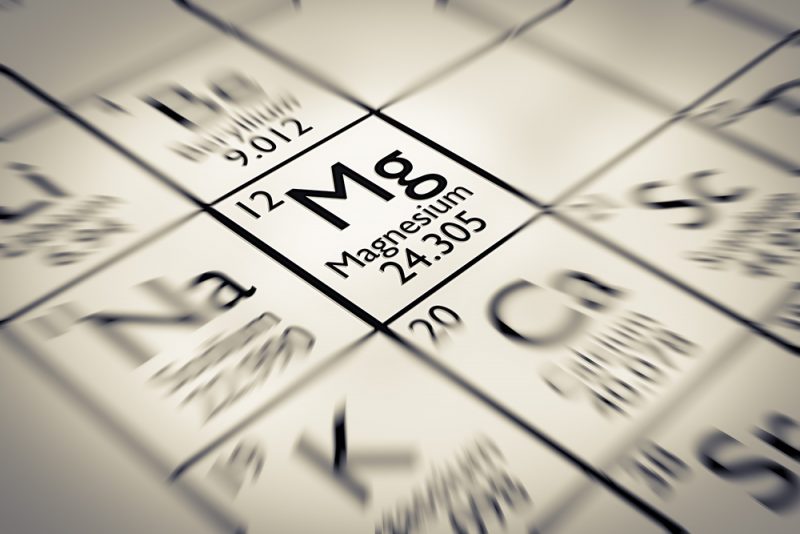Introduction to Zamak alloy:
Zamak alloy is derived from the combination of zinc, aluminum, magnesium, and copper. The amalgamation of the four alloys was founded in the year 1929 by New Jersey Zinc Company, and the compound alloy has become one of the popular alloys in the world.
Zamak alloy is considerably known as a low-melting point alloy, which makes it easier to use for manufacturing car parts and components, furniture accessories, faucets and fixtures for bathroom, shower hinges, mechanical components, interior lightning, and door handles along with a number of miscellaneous articles and accessories.
Use of Zamak alloy in die-casting:
Apart from curating dainty and useful components, zamak alloy plays a pivotal role in die-casting. It requires a manufacturer to melt the ingots on zamak alloy in a furnace, and it is heated at a temperature of 420°C. The process is carried out in adjacent to the die-casting machine, and it requires the curator to transport the melted alloy into a mold. The low melting point and high fluidity properties of the zamak alloy allows the manufacturer to create the desired components easily.
Advantages of using Zamak alloy for die-casting purposes:
The use of zamak alloy for die-casting purposes has escalated significantly over the years, and it is dedicated to garner the following set of advantages:
- Resists corrosion, wear, and shocks
If a component is manufactured using die-casting zamak alloy, it provides a substantial amount of wear and resistance to the articles manufactured using miscellaneous types of alloys or metals. Zamak alloy has a significantly low melting point, which makes it easier to melt-and-mold as compared to cast iron and brass. Also, the use of zamak alloy also prevents the articles from corrosion, if the items are further galvanized using chrome plate, zinc plate, satin finishing, and nickel plating.
- Flexibility in the articles
If the articles are die-casted using zamak alloy, it allows the manufacturers to add versatility to the manufactured items. It allows them to paint, varnish, polish, and plate the articles further to improve their strength and resilience easily.
- Incredible accuracy of the casting
Zamak alloy is equipped with a wide range of ductility, which allows it to maneuver an excellent range of strength, flexibility, and resilience. It also allows the manufacturer to add intricate details and designs to the manufactured items. In comparison to the assorted alloys used for die-casting purposes, using zamak alloy always result in manufacturing articles with a smooth finish.
- Saves cost
Since zamak is an amalgamation of various alloys itself, the articles produced using the zamak alloy are relatively more affordable as compared to their expensive counterparts.
- Low impact on the environment
When a die-casting process is carried out, the zamak alloy is not subjected to air or any substance, which could contaminate the environment, which makes it a safer substitute for assorted alloys. Also, the low melting point of the zamak alloy uses a certain degree of temperature of 410°C or 420°C, which is considering ideal for energy-saving tactics. In addition to that, the items manufactured by die-casting zamak are recyclable, which constitutes to having a low impact on the environment.

